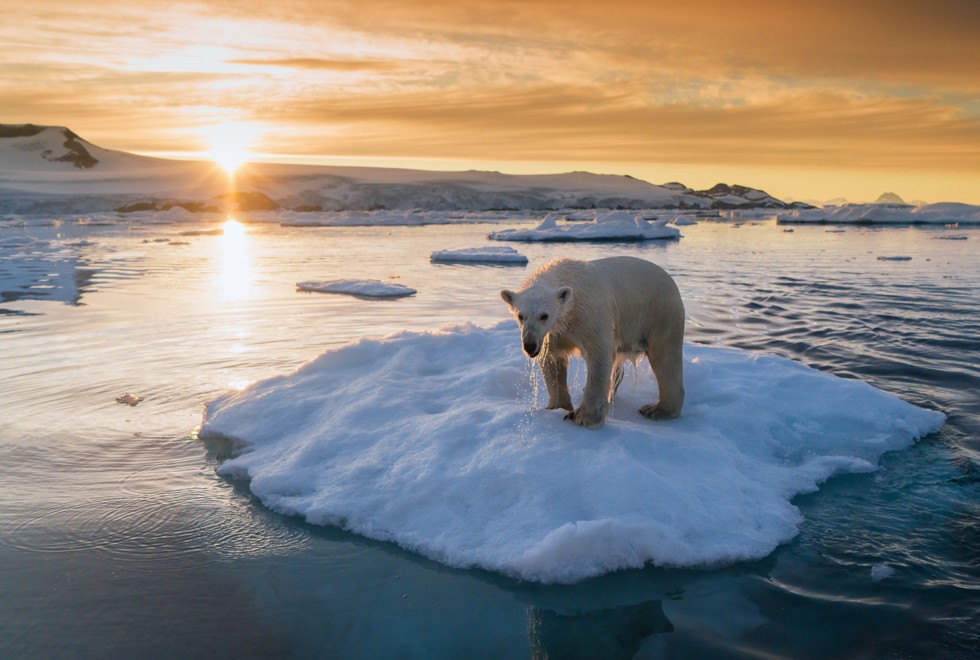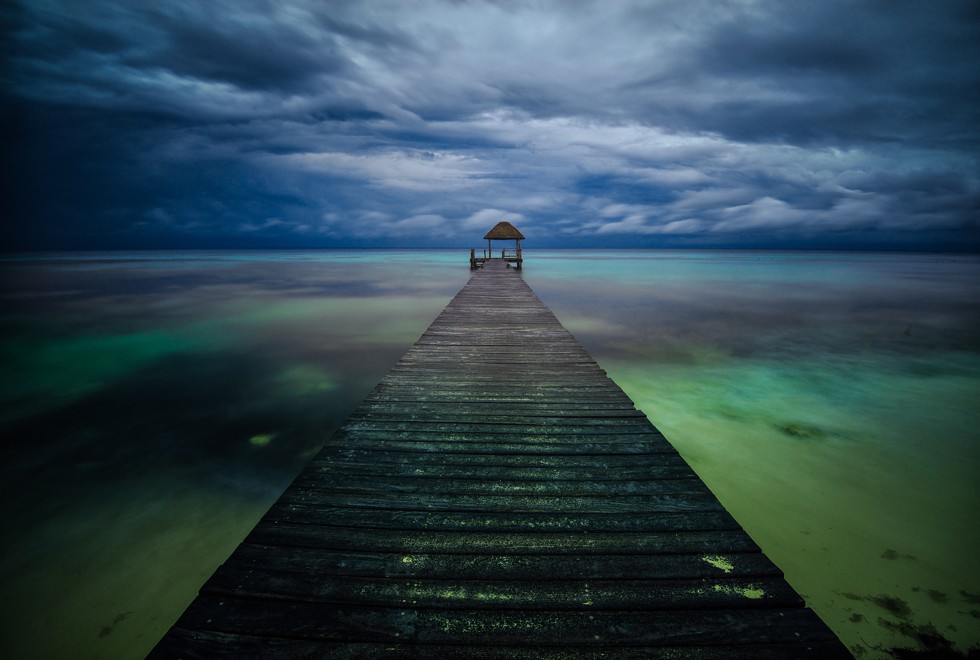
How I became a National Geographic photographer: Keith Ladzinski
The Colorado-raised adventurer, who went from skateboarder to computer programmer to extreme sports and natural history photographer, shares environmental message through stunning images of Antarctica
Going wild I was born in New York in 1976 but moved to Colorado when I was very young. My parents had met in high school in New Jersey – my Dad had grown up there but my Mum was originally from Glasgow, in Scotland.
They moved to Colorado because they wanted us to have different opportunities. They embraced the outdoors there – we did a lot of camping and fishing. The American state is a hub of rock climbing and that sport would go on to change my life in so many ways.
Photo op Skateboarding was my first love. I knew there was no career in it but I didn’t know what else I wanted to do. When my older brother, Scott, brought home a camera one summer and suggested we take photographs of one another skateboarding he incidentally gave me some direction.
Three or four months after that day I received a tax-return cheque for a couple of hundred dollars and with it I bought my first camera – a Pentax K1000 – from a pawnshop.
I had also started taking photographs and contributing to small skateboarding and tourism publications on the side, and I knew that what I really wanted to be was a professional photographer
Cracking the code After graduating from high school and taking a few years off, I ended up taking an entry-level position at (information-technology company) Hewlett-Packard. It was during the dotcom boom and I found myself writing HTML (a programming language).
It was creatively fulfilling because there was a lot of problem-solving, and I enjoyed the job. But I had also started taking photographs and contributing to small skateboarding and tourism publications on the side, and I knew that what I really wanted to be was a professional photographer.
Fall guyI subscribed to National Geographic and I had seen an article in there about four rock climbers who went to Pakistan and had an epic journey on a mountain. The article inspired me to try it and I quickly got hooked. I wasn’t in the habit of photographing rock climbing – at that stage it was just something I enjoyed alongside skateboarding and photography.
A few years after I started I had a really bad fall, in 2003. I broke my neck, collapsed my right lung, fractured my kidney and liver, broke four ribs and my pelvic bone. I thought I was done with rock climbing and swore off it, only to find that it would soon become my way into the photography world.
Devils chance A few months after my recovery, I got a call from a magazine. They knew I climbed and wanted me to do a story on rock climbing at Devils Tower, a great climbing destination in Wyoming. I explained to them that I didn’t climb any more, that I had almost died. But I also said, “Let me think about.” I didn’t get a lot of those opportunities.
A few days later I told them I would take it. The months that followed were a challenge as I returned to a climbing gym. It was a traumatising time and I definitely had to push through to get back in the game.
A few years after I started I had a really bad fall [...] I thought I was done with rock climbing and swore off it, only to find that it would soon become my way into the photography world
A new angle I did that first climbing shoot in 2004 and I liked it because I was looking at the sport differently, from a photographer’s perspective. I started photographing it with a few friends and my work was getting published. I found myself working with some of the best climbers in the country. And it was much more popular than my skateboarding photography.
As things started to take off, I was laid off from Hewlett-Packard. The timing was perfect. I received a decent severance package and I decided that if I was going to do photography full time then this was my best opportunity.
Climbing the ladder My big break was for The New York Times in 2006. I did a five-day shoot on ice climbing that ended up on the front page. As soon as that article came out, work started coming in from all kinds of places that I had zero access to otherwise. It showed me the power of a newspaper like that.
Natural history work is my favourite. I love rock climbing and the places it takes you to but working with wildlife is special. It’s amazing to take pictures that you hope spread a message and shed light on issues
Antarctic blast It wasn’t until 2012 that I did my first assignment for National Geographic, when I got the opportunity to go to Antarctica with three other climbers and do a first ascent. I had done enough wintry work that I thought I was ready but nothing could have prepared me for Antarctica.
We had to do a huge, 150-mile (240km), six-day ski tour around a mountain range to find our climbing objective. We experienced 100mph winds and our camp was destroyed a number of times. It’s one of the most remote places you can go to. It was extreme – both physically and mentally taxing – and the hardest expedition I’ve ever done.
I love those mountainous adventures but the driving force to put me through those extremes is that I want to photograph it. I’m lucky to work in the mountains. Along with the underwater world, the vertical world is one of the last strongholds of exploration; they are the most untouched places in a world where so much has been mapped out.
Picture power I have done many assignments with National Geographic and a number that are climate-change related. Last year, I returned to Antarctica for an assignment that was all about wildlife and how the area is being impacted.
Natural history work is my favourite. I love rock climbing and the places it takes you to but working with wildlife is special. It’s amazing to take pictures that you hope spread a message and shed light on issues.
I take photographs for (conservation group) SeaLegacy – its mission is ocean preservation. The group hopes that powerful images will connect with people and help us all make better decisions. It’s a real honour to be an ambassador for an organisation whose mission is to create impactful content that helps people change.
“A Fragile Planet”, an exhibition of photographs by Keith Ladzinski, will run at The Haven by Jacada Travel, 29/F, Wyndham Place, 40 Wyndham Street, Central, until May 26.




